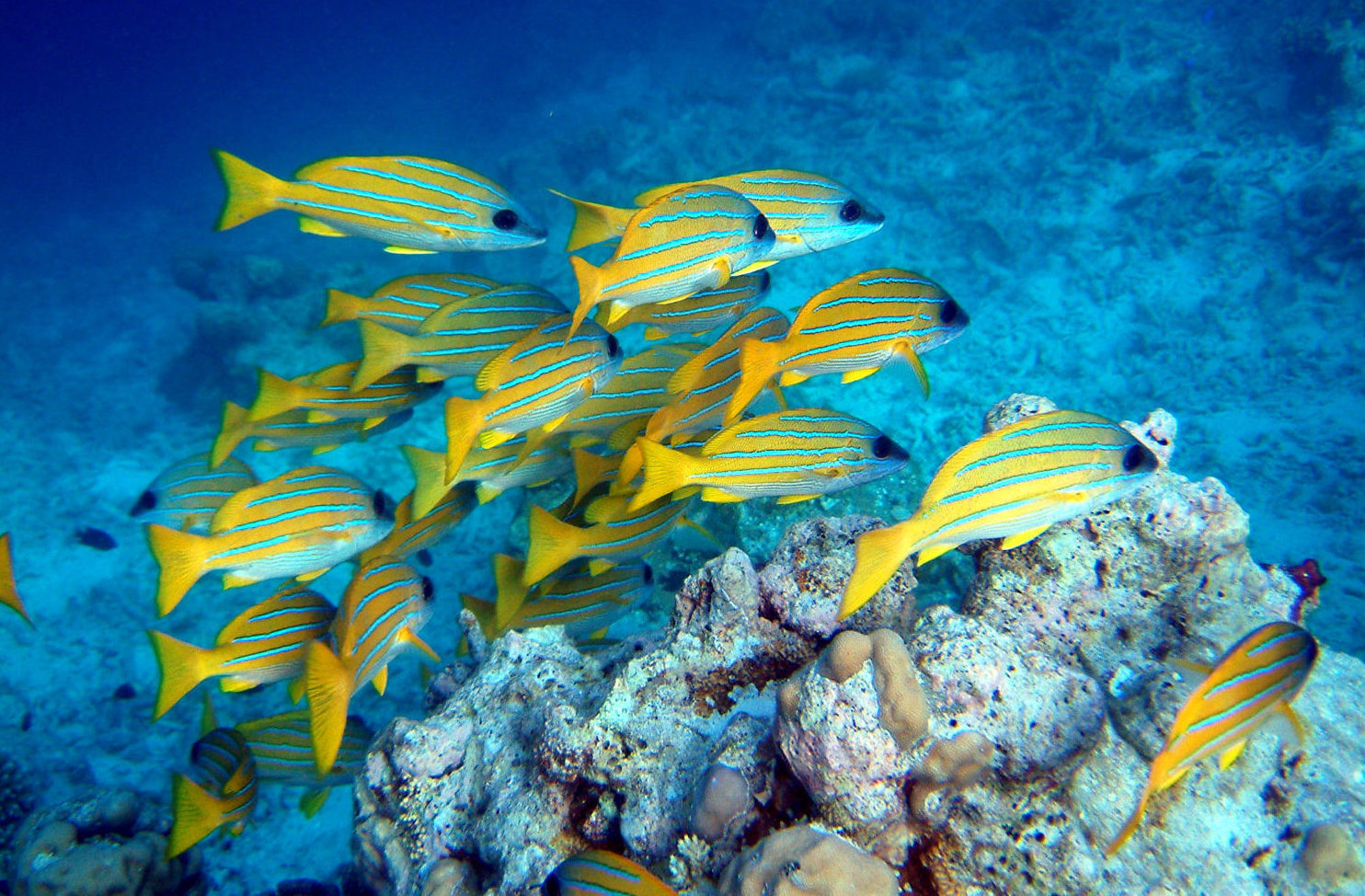Robert Peary, Roald Amundsen, Tenzing Norgay, Edmund Hillary. All are names of explorers famous for reaching places considered unreachable. Peary reached the North Pole in 1909, and Amundsen reached the South Pole in 1911, just beating Robert Falcon Scott’s British expedition by five weeks. Norgay and Hillary ascended Mount Everest in 1953. Where is the next destination for mankind? Mars? Outer earth? In reality, Earth’s deep oceans seem to be the closest frontier. Despite Elon Musk’s talks of getting humans to Mars by 2022, Mars is Mars. On average, that red planet is 225 million km away from Earth while our oceans are right here.
Put away your maps for a second because they never do our oceans justice regarding their sheer magnitude. We often hear water covers 71% of the planet’s surface. Let this sink in for a second. We take land for granted because we are terrestrial creatures. Yet, the 71-29 split shows that land is the exception on this planet, and we have yet to explore 95% of our oceans. Throughout geological history, oceans have been responsible for temperature regulation, climate control, and ultimately, supporting all living organisms on this planet. Despite all those life-changing, eco-sustaining aspects, what humans care about right now are the riches of our oceans. Deep seas, especially those with significant volcanic activity like the Pacific Ring of Fire, often contain significant pools of minerals, such as gold, diamond, cobalt and rare earth elements. With declining terrestrial resource pools, nations and companies are flocking to the oceans for their untapped potential. For example, rough estimates suppose there is 150 trillion dollars’ worth of gold in the seafloor of oceans. Russia literally has planted its flag on the seafloor in the Arctic Ocean to get its foot in the door to oceanic riches before it becomes too late.
Currently, the international regime presiding over most ocean matters is the United Nation Convention on the Law of the Sea (UNCLOS), under which nations are free to explore oceans within their exclusive economic zones (EEZ). Oceans outside of EEZs are controlled by the International Seabed Authority (ISA), which has entered into 15-year contracts with twenty-six contractors, both governments and corporations, to further exploration of such oceans. ISA has granted leases to the Governments of India and Korea for explorations in the Indian Ocean; China Ocean Mineral Resources Research and Development Association in the West Pacific, and fifteen companies and governments for explorations of the Clarion-Clipperton Fracture Zone (a 1.4 million square kilometer area in the Pacific with billions of dollars’ worth of minerals) including Cook Islands Investment Corporation, and UK Seabed Associates, who were granted leases this year.

https://upload.wikimedia.org/wikipedia/commons/3/3b/Permis_miniers_accord%C3%A9s_par_l’ISA-2.jpg,
Deep sea mining can be massively beneficial to many countries economically. For instance, the aforementioned UK Seabed Associates, a subsidiary of Lockheed Martin, may contribute an estimated 40 billion pounds to the UK economy over the next 30 years, assuming the company can successfully mine in its explored areas. Currently, the Canadian company Nautilus Minerals is carrying out the world’s first deep sea mining project in the Bismarck Sea off the shore of Papua New Guinea’s New Ireland Province. Many rivals in the industry are keeping a close watch on Nautilus Minerals, hoping to follow in its footsteps if the project succeeds.
However, there is a dark side to the economic benefits of deep sea mining. Environmental and geological impacts of deep sea mining can range from minimal to catastrophic. Despite advances in science and technology, we know very little about the deep oceans, their biology or their chemistry. Even on exploratory cruises simply dredging ocean floors, scientists are discovering hundreds of new species each time. This lack of knowledge makes scientific predictions and modeling significantly more difficult and sometimes, simply impossible.
International bodies like ISA will need to exercise more oversight in future deep sea activities if they are to get a handle on the situation before the whole world is down there. Regulation by ISA has been relatively successful so far because the equipment to conduct explorations is costly and deep sea mining is still in a developmental stage. However, once mining really takes off and necessary technology becomes more widely available, ISA will face its share of problems that all international regulatory organizations face.
A major problem would be the sheer amount of biodiversity in deep sea communities, which operate under unique environments and on different times scales. In order to truly protect our oceans, international organizations like ISA will have to tailor their regulations to each deep sea community because a blanket approach will fail to cover the diversity of potential problem specific to each mining site. Will ISA and global leaders commit to such an exhaustive, expensive approach?
From the political perspective on land, deep sea mining may complicate ongoing maritime disputes even further. Take the South China Sea disputes for instance. According to the US Energy Information Administration, this region contains 11 billion barrels of oil and 190 trillion cubic feet of natural gas. These are not game changing amounts of natural resources by any means. Yet, they still add heft to nationalist propaganda forces at play in the South China Sea disputes. Such resources also serve as smokescreens for long-term strategic reasons behind territorial disputes. Viable deep sea mining will only add to these problems as nations, especially those equipped to mine the deep seas, will attempt to use rocks and islands in the oceans to expand their EEZs to include resource-rich seafloors.
We simply do not know what the future of deep sea mining holds; it is what makes it a frontier. We cannot possibly predict the result of our interventions, a frightening concern considering how our previous resource exploits have damaged ecosystems and people. With our planet already fragile, scientists and politicians must advance cautiously to help prevent potentially disastrous outcomes. International bodies like ISA and UNCLOS must find a way to protect our oceans while making deep sea mining both economically viable and politically feasible. As exciting as the prospect of deep sea mining may be, it has the potential to destroy entire deep sea ecosystems and further complicate already confusing maritime disputes. Will science and politics come together to achieve such multidimensional goals? The world holds its breath as we dive deeper.
- Defining Denuclearization - April 24, 2018
- Hold the Horses of Optimism: Donald Trump-Kim Jong Un Summit - March 15, 2018
- China-South Korea THAAD Rapprochement: Winners and Losers - February 8, 2018






